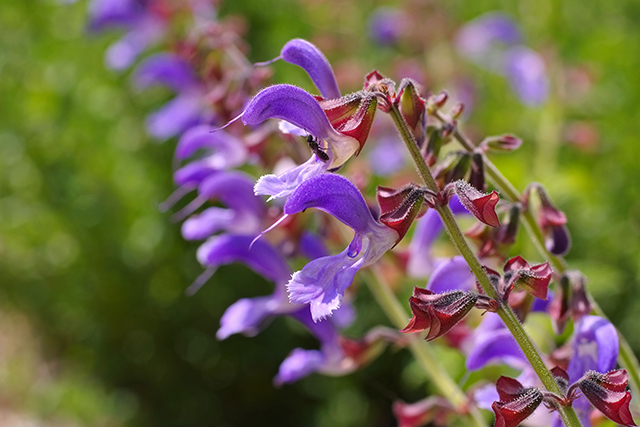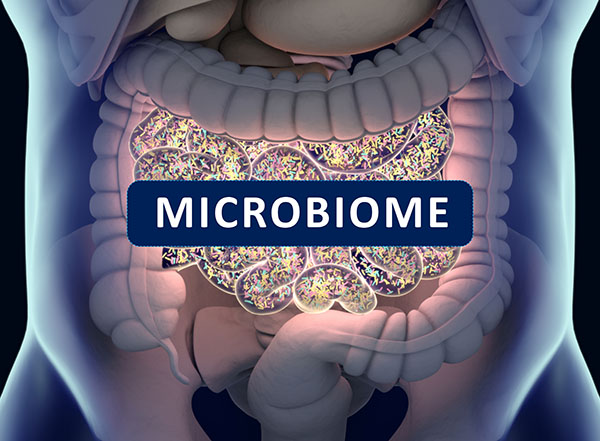
In a study published in the Chinese Journal of Natural Medicines, researchers from Fudan University in China developed a pharmacokinetic model for STS based on data from healthy volunteers and patients with coronary heart disease (CHD). They reported that the level of total bilirubin of CHD patients is an important consideration when determining the right dosage of STS.
Clearance of STS in CHD patients is affected by bilirubin concentration
Pharmacokinetics is the study of what the human body does to a drug after administration. This involves the drug's movement into, through, and out of the body as dictated by its absorption, bioavailability, distribution, metabolism, and excretion. Understanding the pharmacokinetics of a particular drug is important for determining its safest and most effective dosage for treatment.
Drug clearance, defined as the rate of drug elimination relative to its concentration, is considered the most important pharmacokinetic parameter. Clearance determines not only the rate of administration required to maintain a steady drug concentration, but also the speed at which the drug is eliminated from the body.
In their study, the researchers aimed to identify significant covariates for the pharmacokinetics of STS. To achieve this, they obtained blood samples from 10 healthy volunteers and 25 CHD patients. This included a total of 230 plasma concentrations, 137 from healthy volunteers and 93 from CHD patients.
Using their model, the researchers found that the clearance of STS in CHD patients when total bilirubin (TBIL) level is 10 micromol per liter (umol/L) is lower than its clearance in healthy volunteers with the same TBIL level. They also observed that as TBIL levels increased, the clearance of STS decreased.
Bilirubin is a yellow compound that is turned into bile by the liver during the clearance of waste products from the body. Because one of the liver's functions is to break down ingested substances, including medications, it is important to consider a drug's effects on the liver. Elevation of bilirubin levels indicates impaired liver function and is a sign of liver damage.
Based on their results, the researchers concluded that STS dosage adjustment should be considered based on the TBIL levels of CHD patients.
Compound found in red sage is a natural cardioprotective agent
Tanshinone IIA is a fat-soluble compound that can be extracted from the root of S. miltiorrhiza. This herb is used in many Asian countries, particularly in China, to treat a wide variety of conditions, including myocardial infarction (heart attack), angina pectoris (chest pain due to CHD), stroke, diabetes, and sepsis. However, tanshinone IIA is not readily absorbed by the body. Hence, the highly bioavailable derivative STS was developed to solve this problem. (Related: TCM’s red sage found to reduce inflammation and promote healing in those with acute kidney disease.)
According to several studies, tanshinone IIA and STS have many cardioprotective effects. These include:
- Vasodilation
- Inhibition of left ventricular hypertrophy (thickening of the heart walls)
- Inhibition of hyperplasia (organ enlargement)
- Attenuation of atherosclerosis
- Reduction of triglycerides
- Inhibition of inflammation
- Antioxidant effect
- Anti-platelet effect
- Anti-coagulant effect
- Anti-thrombotic effect
- Anti-arrhythmia effect
- Anti-myocardial hypoxia (oxygen deficiency)
- Inhibition of ischemia-reperfusion injury (reoxygenation injury)
Because of these effects, researchers believe that tanshinone IIA, particularly its derivative, STS, are great candidates for the treatment of cardiovascular disease. However, further investigation is warranted before these compounds can be developed and used in clinical settings.
Sources include:
Please contact us for more information.























